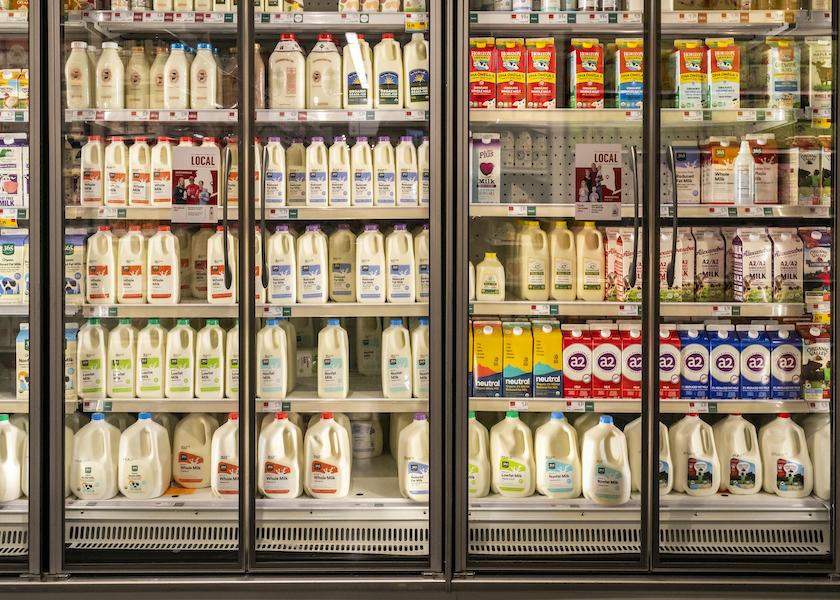FDA Proposes New Guidance: Labeling the Nutritional Differences of Plant-Based Milk Alternatives

The Food and Drug Administration (FDA) recently unveiled a new draft guidance titled “Labeling of Plant-based Milk Alternatives and Voluntary Nutrient Statements: Guidance for Industry.”
When finalized, the guidance will provide the industry with FDA’s view on the naming of plant-based food products that are marketed and sold as alternatives to milk along with its recommendations on the use of voluntary nutrient statements.
“[The] industry’s use of these recommendations for labeling plant-based milk alternatives will provide consumers with additional nutrition information to help them understand certain nutritional differences between these products and milk and make informed dietary choices,” the FDA said in a statement.
Currently, the FDA is recommending nutrient disclosure statements on the labels of plant-based milk alternatives that contain less of the following nutrients compared to milk:
- Calcium
- Protein
- Vitamin A
- Vitamin D
- Magnesium
- Phosphorus
- Potassium
- Riboflavin
- Vitamin B12
“We chose these specific nutrients because the Dietary Guidelines for Americans identifies the Dairy Group as being a key contributor of those nutrients and to align with the nutritional standards set by the U.S. Department of Agriculture’s (USDA) Food and Nutrition Service for fluid milk substitutes served in the National School Lunch Program, School Breakfast Program, and Child and Adult Care Food Program,” the FDA said.
Joseph Scimeca, PhD, senior vice president of regulatory and scientific affairs for the International Dairy Foods Association (IDFA), issued the following statement in response to the FDA.
“It is important that consumers are provided with accurate information about the nutrient profiles of plant-based alternatives so that they have science-based, accurate information to decide for themselves and their families about what’s best for their diet and nutritional needs, including how the nutrients in plant-based alternatives compare to the well-established nutrient package of cow’s milk. It has been IDFA’s consistent position that it is the responsibility of the FDA to ensure product names and claims made by manufacturers of plant-based products adhere to long-standing FDA food labeling policy that label statements must be truthful and not misleading to consumers.”
“At the same time, it is incumbent on FDA to provide verification and enforcement of voluntary claims and statements to ensure consumers are receiving accurate nutritional information and can compare the nutritional values of plant-based alternatives to traditional cow’s milk products. As we continue to review today’s draft guidance to industry and begin to consider formal comments within the 60-day comment period, IDFA will seek to ensure this draft guidance clears up any longstanding confusion about the nutritional quality of plant-based beverages.”
“It is incumbent on FDA to get this policy right. IDFA will closely review and question how the FDA plans to enforce this draft guidance to ensure information provided by companies to consumers is truthful and not misleading and enables consumers to compare the nutritional value of plant-based alternatives to their traditional cow’s milk counterparts. As FDA’s consumer research demonstrates, consumers lack clarity as to the nutritional differences of plant-based alternatives versus traditional dairy counterparts and the agency must promulgate guidance that not only adheres to its own standards of truthful and not misleading but also advances the nutrition security of Americans.”
To view the official draft guidance, click here.
For more industry news, read:
- Are Current Milk Prices Too Low?
- What's The Biggest Supply Chain Headache Crippling Equipment Manufacturers Right Now?
- Nearly 73% of Dairy Operations Enrolled in DMC This Year







